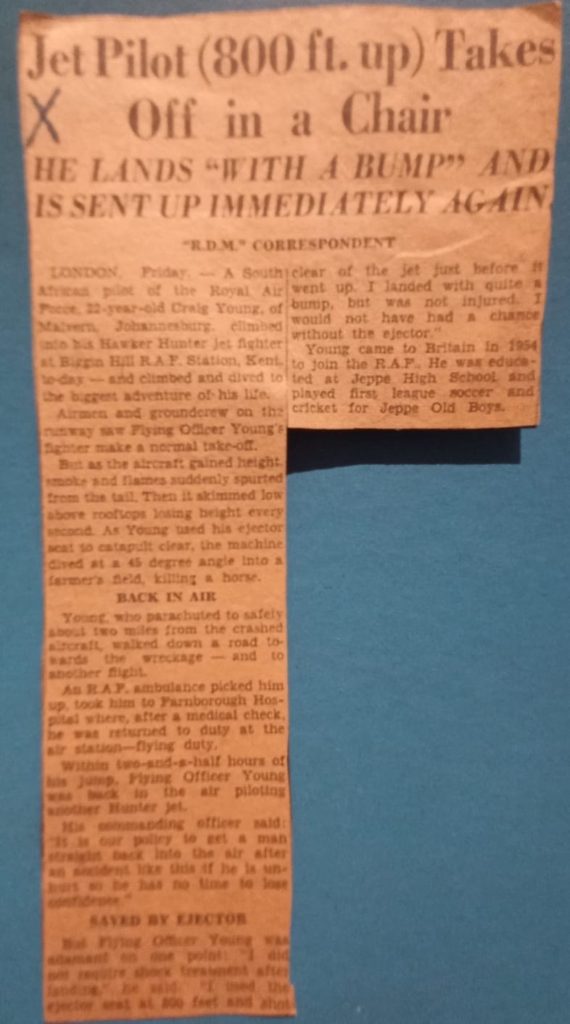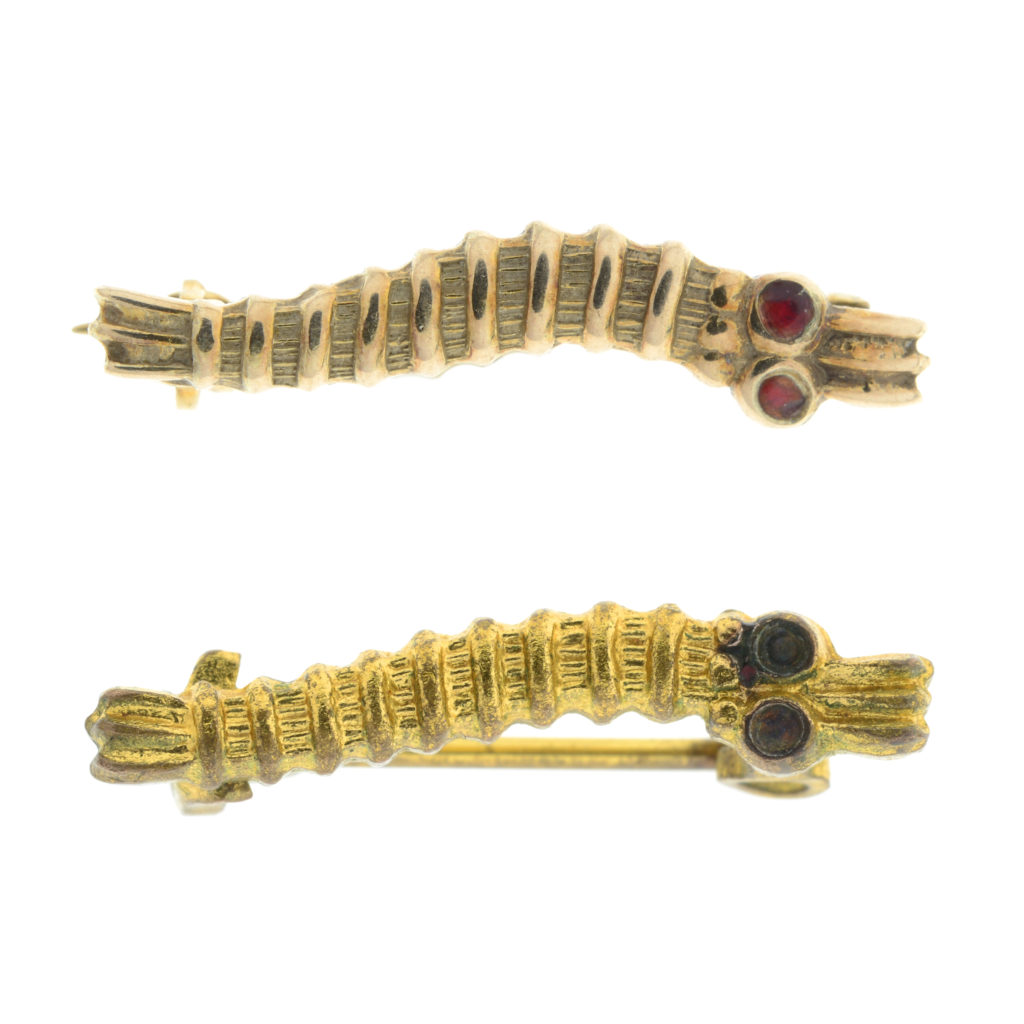History of Biggin Hill
Hailed as the most famous fighter station in the world, Biggin Hill is known for its proud legacy.
Based in South London in the borough of Bromley, it is topographically one of the highest points in London. Therefore making it a perfect place to build the aerodrome there.
Originally, Biggin Hill was used as a radio signals unit to undertake radio experiments. In 1918, it became a part of London’s ‘Home Defence Aerodrome’, but it only became well-known during WW2. It was one of the busiest stations and had been used by the RAF to protect London and surrounding areas. Furthermore, it was also one of the principal fighter bases in the Battle of Britain.
Biggin Hill and The Caterpillar Club
Given the volume of aircraft during this period, multiple men evacuated their fighter engines in the war, leaving many men of the Biggin Hill Division members of the Caterpillar Club. An exclusive group that was founded by Leslie Irvin, the inventor of the first freefall parachute in 1919. The association is still going strong, with gold and silver pins still being sent out to qualifying members to this day, with the saying:
‘Life depends on a silken thread’ - Caterpillar Club motto.

Two pins in our possession are very closely related to Biggin Hill. The original owner of the pin and its replacement was Flying Officer C. W. G. Young, who earned his pin at the airfield on Friday 7th June 1957. Young was in his Hawker Hunter F MK 5 when the engine combusted in Kent during the initial climb of the flight. As a result, Young performed an emergency ejection. Thankfully he was uninjured, but his fighter engine was broken beyond repair. He said in a local newspaper article (image below) "I used the ejector seat at 800 feet and shot clear of the jet just before it went up. I landed with quite a bump but was not injured. I would not have had a chance without the ejector."

There had been 12 cases of such combustion in these types of planes. This resulted in an investigation into why combustion chamber failure occurred.
Many more of these parachute ejections occurred at this site, which is how it has earned its renowned reputation, leaving many members of the Caterpillar Club in its wake.
Biggin Hill Today
Finally, Biggin Hill is being used as a civilian airport, with minimal military use. A church parish was rebuilt after the war on Winston Churchill’s insistence as he felt a more permanent memorial was needed. He said ‘As a nation, we have short memories’. Additionally, there is a museum on site for anyone who wishes to visit and learn more about Biggin Hill.
Caterpillar Club Pin at Auction

Caterpillar club pin awarded to Flying Officer C.W.G. Young from Biggin Hill, along with replacement pin.
Estimate: £1,200 - £1,800
Monies, Medals & Militaria | Wednesday 3rd July
Viewing Times
Birmingham
Tuesday 2nd July 10:00 - 16:00
Virtual viewings are available by request. Virtual viewings are the ultimate personal shopping experience. Using Zoom, you can ask us whatever you need to know to buy with confidence. Find out more here.
Chloe Hartley | Junior Cataloguer













